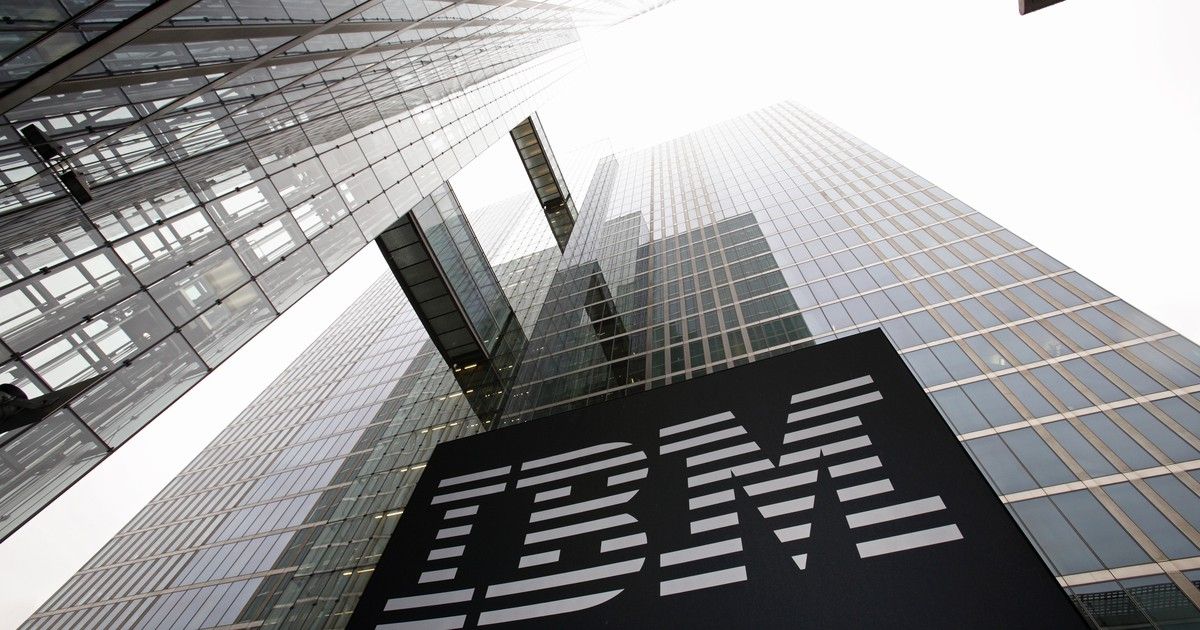One Universe Is Not Enough
Posted in quantum physics
Could psychedelics lead to improved antidepressant or anti-anxiety therapies?
- By Sharon Begley, STAT on August 24, 2018
Scientists at Harvard Medical School have discovered that a protein called TMC1 converts sound and head motion into electrical signals, thus enabling hearing and balance.
The findings were published this week in the journal https://www.cell.com/neuron/fulltext/S0896-6273(18)30631...ctitle0120\">Neuron.
Sensitivity to sound has been a powerful evolutionary force, but the precise molecular mechanisms that enable hearing have not been fully identified.
ROME (AP) — Mount Etna in Sicily has roared back into spectacular volcanic action, sending up plumes of ash and spewing lava.
Italy’s National Institute of Geophysics and Vulcanology (INGV) says that the volcano, which initially “re-awoke” in late July, sprang into fuller action Thursday evening by shooting up chunks of flaming lava as high as 150 meters (500 feet) almost constantly.
On Friday, INGV said the action was continuing, feeding ash plumes several hundred meters (yards) into the air above the crater.
SpaceX is another step closer to crewed flight.
On Monday (Aug. 20), the private spaceflight company installed an astronaut walkway at Launch Pad 39A at NASA’s Kennedy Space Center (KSC) in Florida, the jumping-off point for SpaceX’s new Crew Dragon spaceship.
The walkway is like the jetways that connect airport lounges and airliners. Astronauts will use the walkway to get from Pad 39A’s tower to Crew Dragon, which will sit atop SpaceX’s 230-foot-tall (70 meters) Falcon 9 rocket. [Photos: Behind-the-Scenes Look at SpaceX’s Crew Dragon Spaceship].
Scientists have identified the cause of outbreaks of enterovirus, one of the most prevalent types of virus in the world.
The findings, from researchers at Imperial College London and published in the journal Science, may help the public and healthcare workers prepare for an outbreak up to two years before it occurs.
The work, funded by the Wellcome Trust, has shown for the first time that the frequency of enterovirus outbreaks over time are linked to birth rates.
The team of Li Chengfeng, Zhou Zongquan and others from the CAS Key Lab of Quantum Information developed a multi-degree-of-freedom (DOF) multiplexed solid-state quantum memory, and demonstrated photon pulse operation functions with time and frequency DOFs. The results were published in Nature Communications recently.
The reliable storage and coherent manipulation of quantum states with matter-systems enable the construction of large-scale quantum networks based on a quantum repeater. To achieve useful communication rates, highly multi-mode quantum memories will be required to construct a multiplexed quantum repeater.
The team presented the first demonstration of the on-demand storage of orbital-angular-momentum states with weak coherent pulses at the single-photon-level in a rare-earth-ion doped crystal. Through the combination of this 3-dimensional spatial DOF with 2-dimensional temporal and 2-dimensional spectral DOFs, the team created a multiple-DOF memory with high multi-mode capacity up to 3×2×2=12.









